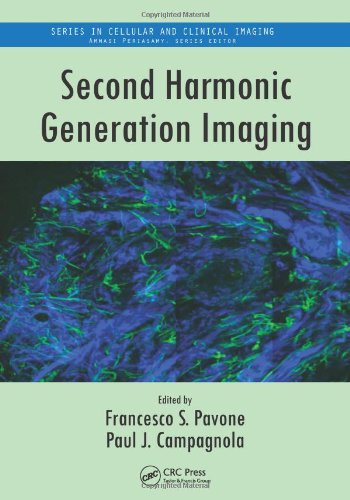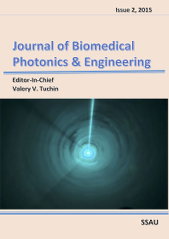Optical method for screening and a new proteinuria focus group
- Authors: Sünter A.1, Frorip A.2, Korsakov V.3, Kurruk R.4, Kuznetsov A.2, Ots-Rosenberg M.1
-
Affiliations:
- Tartu University Hospital
- AS Ldiamon, Tartu Science Park
- Jeko Disain OÜ
- Tartu, Family Medicine Providers Mõisavahe Centre
- Issue: Vol 1, No 4 (2015)
- Pages: 236-247
- Section: Articles
- URL: https://jbpe.ssau.ru/index.php/JBPE/article/view/2803
- ID: 2803
Cite item
Full Text
Abstract
The detection of small quantities of proteinuria has gained significance as multiple studies have demonstrated its diagnostic, pathogenic, and prognostic importance. More than 260 samples of urine taken from the patients suffering chronic kidney disease (CKD), diabetes and hypertension have been analysed in the certified laboratory, with urine analyser H-50 (urine test strips) and with an optoelectronic set-up specially designed for this study. Albumin, protein and creatinine concentrations have been determined in the laboratory and the data thoroughly analysed with the aim to find new approaches to tackle the lowered level proteinuria problems. Special attention has been paid to a particular screening focus group of 16 patients all having normal or slightly abnormal levels of albumin in parallel with enhanced levels of total protein (45% cases) up to 0.4 g/L. A fair correlation between the maxima in the protein, protein/creatinine, protein/albumin values and CKD in the focus group has been observed. The urine test strips method gave 94% negative false results for the focus group whereas the new sensor has shown in all cases the presence of proteins. The sensor signals higher than the mean in this focus group were obtained for the donors with the diagnosed CKD and some other diseases. The new method is based on the optical absorption measurements (285 nm) in the protein fractions received with use of the commercial desalting columns PD-10. The method can be applied in the wide region of protein concentrations from ≤0.1 g/L up to the levels of severe proteinuria (~10g/L).
About the authors
Alar Sünter
Tartu University Hospital
Email: synter@ut.ee
MSc. Estonia
Aleksander Frorip
AS Ldiamon, Tartu Science Park
Email: aleksandr@ldiamon.eu
Dr. Estonia
Vadim Korsakov
Jeko Disain OÜ
Email: vk@jekodisain.ee
Dr. Estonia
Remo Kurruk
Tartu, Family Medicine Providers Mõisavahe Centre
Email: remo.kurruk@gmail.com
Estonia
Artur Kuznetsov
AS Ldiamon, Tartu Science Park
Author for correspondence.
Email: artur.kuznetsov@ldiamon.eu
Dr. science Estonia
Mai Ots-Rosenberg
Tartu University Hospital
Email: Mai.Rosenberg@kliinikum.ee
Nefrology Division of Tartu University Hospital, professor. Estonia
Supplementary files






